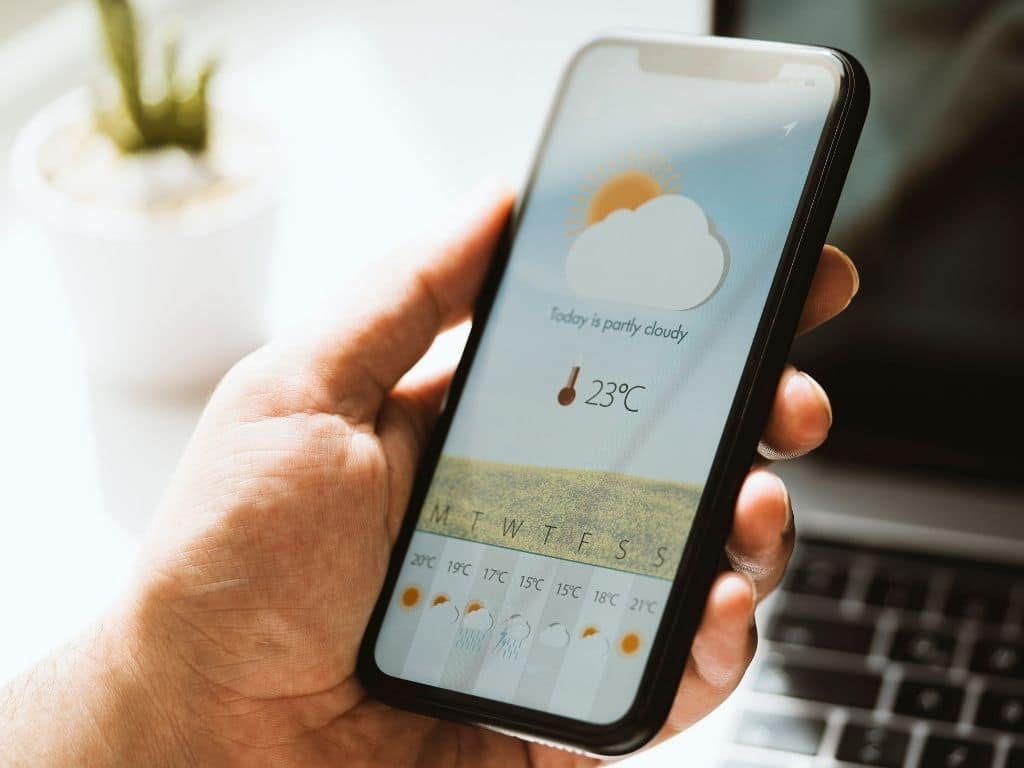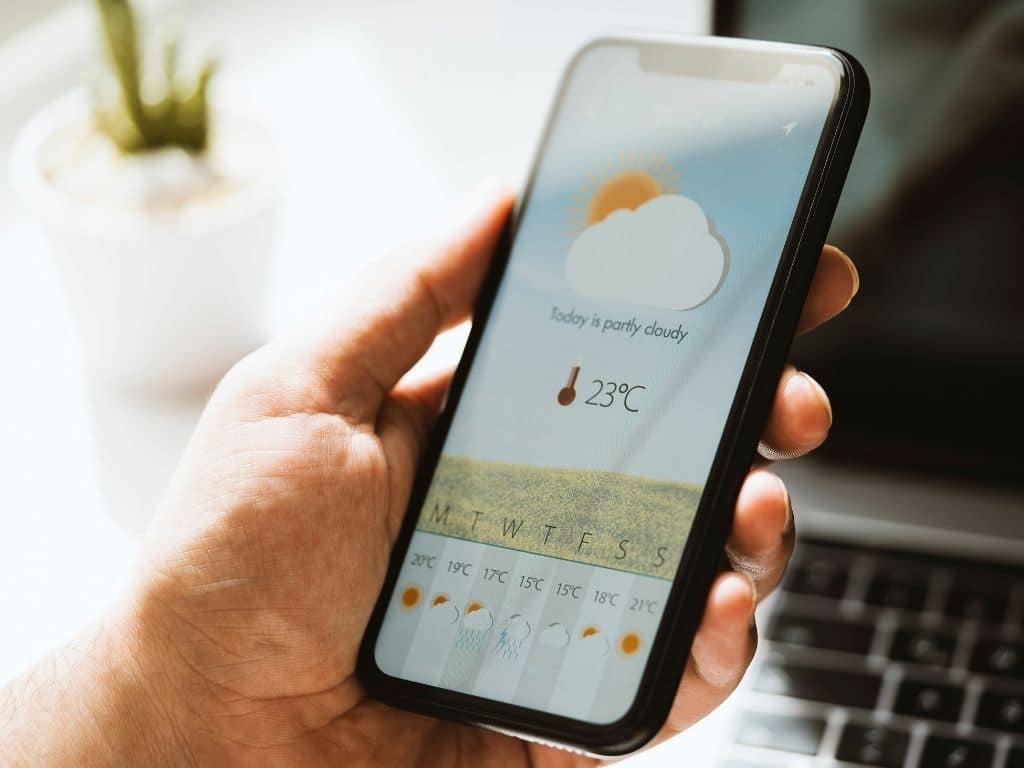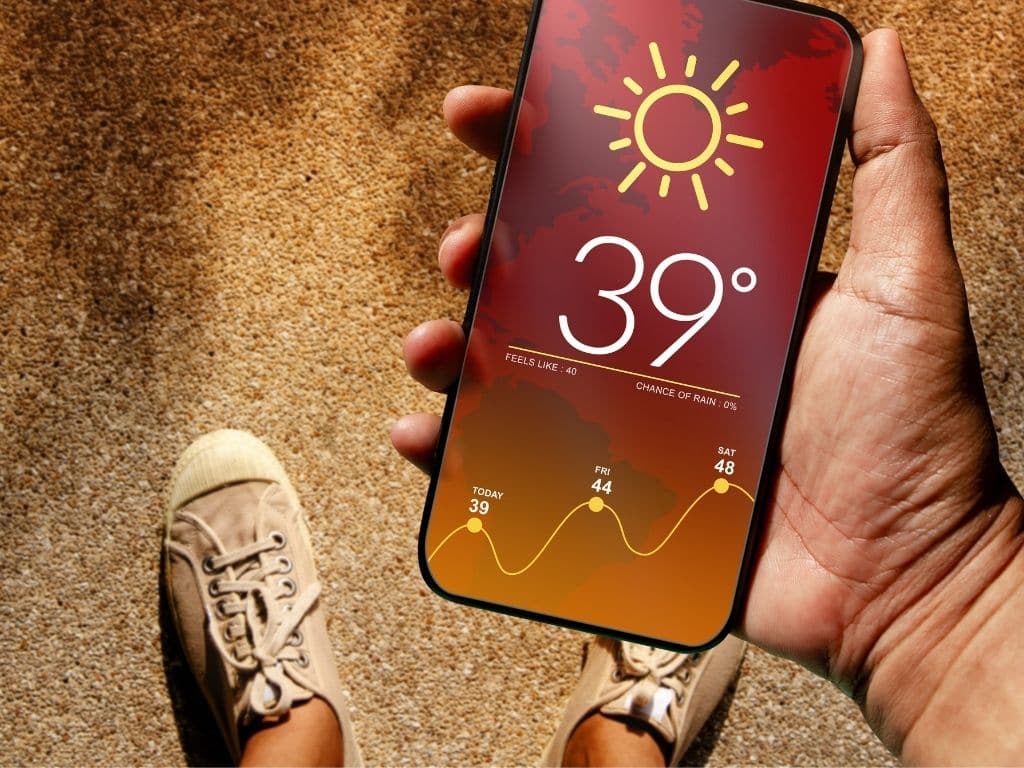
When it comes to travel, there is a lot you can plan out such as your flights, hotels, and tours. And while the weather is one of the things that will sadly always be beyond your control, you can even plan for that as well.
Because weather has the ability to often make or break your holiday, knowing what conditions may be expected and how to plan for them is definitely worthwhile. With a bit of research and planning, you can hopefully avoid a scuba diving tour during large swells and low visibility, a beach day void of sun, or a day of hiking where a high pollen count has you turning back to the hotel prematurely.
Research the weather when travel planning
A number of travellers often neglect the importance of factoring in weather when planning their holidays. Careful research means avoiding a monsoon season which can cut off roads or access to attractions, giant snowstorms which can lock down a city, or sweltering heat waves which can make outdoor activities unbearable.
By researching what the seasonal weather is like in the various places you have on your travel bucket list, you can better choose a period when the weather is likely to be most ideal for what you want to do. Keep in mind that much of the weather around the world is reversed for us Aussies, so while we are sweating through a sunburnt country summer it is often a winter chill that is in place throughout regions of North America and Europe.
Knowing what weather you can expect will allow you to better plan appropriate activities and help you know what to pack. And while most travellers tend to travel to places during optimal weather seasons, you can often save a great deal of money on a holiday that is booked when the weather isn’t historically at its best.
Check the Forecasts

While researching historical averages will give you a better picture of what you can likely expect out of a destination in terms of weather, it also pays to check the weather forecasts in the weeks or days leading up to your trip as well as during your holiday.
Thanks to climate change, we have seen some rather unpredictable weather lately across the globe. Staying on top of the latest weather will help you possibly adjust your travel plans in terms of tours or activities, and maybe have you packing certain items you’d thought you wouldn’t need.
Staying up to date with forecasts will also help you be aware of potential travel delays that may be likely and you can therefore better plan for them. Inclement weather such as storms or fog can see flights grounded and delayed, or you may need to plan for extra time in order to get to the airport on schedule if the weather is acting up.
Download a Weather App

One of the easiest ways to stay up to date with weather forecasts is to download a weather app before your trip if you don’t already have one on your mobile. Many of the best weather apps are free and available for both Android and iOS devices.
Well known weather apps are quite accurate and many have loads of features. Get weekly forecasts, storm alerts, Doppler radar, wind speeds, UV index, pollen count, daily tide information, and even lunar cycles if you’re looking to catch a Full Moon Party in Thailand.
Some notable weather apps include AccuWeather and NOAA which are helpful for international travel as well as Weatherzone and the BOM Weather app for those domestic holidays within Australia.
While many of the top weather apps are free, you can often upgrade to a paid premium version to unlock additional or enhanced features and an ad-free experience.
Pack Proper Clothing

A big part of planning for weather when travelling is choosing the right clothing to pack. You don’t want to have a suitcase full of t-shirts and shorts only to find the weather is calling more for hoodies and long pants.
Remember to consider the various activities you have planned as well, since some may be scheduled early in the morning when it’s often a bit chilly such as hot air ballooning. Additionally, you may be lounging on a warm beach one day only to find yourself high up in nearby mountains the following day where the altitude change has also brought a change of weather with it.
It’s often smart to pack and utilise the layering system when it comes to clothing to ensure outdoor activities will always be comfortable despite what the weather might be. Rainy season will likely require packing a raincoat and waterproof hiking boots, while you might be able to get away with thongs, swimwear, and lightweight summer clothing for those beach holidays during the dry season.
Further protect yourself from weather'

While packing proper clothing is one way to prepare for weather when travelling, there are also many other ways you can further protect yourself from the various dangers Mother Nature can throw at you.
A small compact umbrella is always great to have, especially when visiting places where you plan to do a lot of walking to visit various sites and attractions. While many hotels often lend out umbrellas free of charge for staying guests, they are often quite large and cumbersome to carry during a full day out.
You may also want to think about getting a rain cover for your backpack or shoulder bag, especially if it contains expensive camera equipment or other electronics like a laptop. A cheap compact poncho can also come in handy when trying to keep luggage dry in rainy weather which is important if you don’t have weatherproof luggage.
Protection from the sun for both your eyes and skin is also very important. Using sunscreen should become a daily routine whenever the UV Index is forecast to be 3 or higher, using SPF 30 or greater. Effects from UV rays can be especially strong at high altitudes, beachside locations, out on the water, and even in colder places like Antarctica where sun can be reflected off snow and ice.
Meanwhile, sunglasses should offer up effective protection from UVB and UVA rays. A wide brim hat will provide even more sun protection for your face, ears, and neck.
Chat with locals

When in doubt about whether the weather will be just as the guidebooks or historical weather data states, it may pay to engage with local knowledge from actual everyday residents of the area or areas you will be visiting during your holiday ahead of time.
Join local Facebook groups or read up on travel blog posts from locals that may be able to offer you detailed insight on what the weather is really like at various times of the year. They may also offer further tips on what you should pack or what items may be available for purchase in their city or town should you need something to deal with the weather.
Locals will often know the best times to avoid bad weather or at the very least know how to deal with it. They may also be able to offer alternative ideas should weather force you to change your travel plans or activities.
